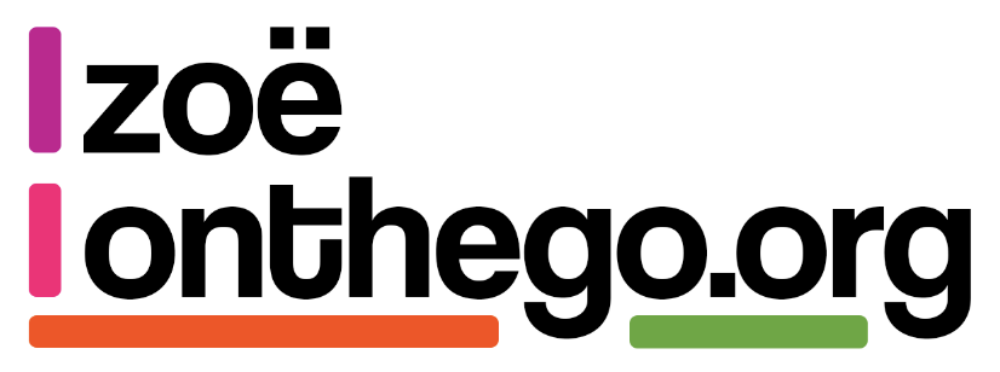Probably the question I get most (after what is Product Management, and what is the difference between a Product Manager/ Product Owner/ Delivery Manger)… ok so the third most common question I get asked is “what I mean by Epic/ Theme/ Feature, Componant or Story, what is the difference?”
And given I get asked it so regularly I thought it was worth sticking my thoughts down in a blog, so that I can call upon it in the future for reference, but also so I can understand whether I’m using them differently to others.
Theme:
When I talk about a theme, I mean something like Accessibility. It weaves through pretty much all stories as a thing we need to consider, will be key in multiple epics, but is not a deliverable ‘chunk’ of stuff on its own.
Epic:
When I’m talking about Epics I’m talking about things like Payments. These are tied generally to a specific outcome or high level user need or part of the journey or process someone takes in using the service. “As a business I want to be able to pay my staff so that they are remunerated for their work” for example. All the stories within an epic are related to delivering that outcome, the stories collected in an epic deliver value together, but the Epic is too big to do in one sprint. An Epic may be made up of several Features, or it may not. If it contains several Features you may prioritise all the “must have” stories from the epic to deliver together, and come back to the “should’s and could’s” later. Or you may save up the stories to deliver all the stories together in one larger release.
Features and Components:
Sticking with the Payments analogy, given the scope of that Epic is large, it would probably contain several features and componants. a Feature would be something like your payments engine, a collection of stories you have to develop and deliver together to release value, whereas a Componant is generally something you can plug in like Bank Wizard. Neither of these things deliver the full outcome required, which is why they are not an Epic.
Just because you can physically pay someone doesn’t mean you can calculate the right payment for example, there will be other stories to allow you do that, all of those stories would sit within the Payments epic as you need them to meet the outcome you’re looking for, but would be developed separately to your payments engine or allowing you to plug in bank wizard.
Finally there are the stories and tasks that are fundamental to delivering everything:
Stories are the individual bits of ‘stuff’ you are trying to deliver. And the tasks are the actions you will undertake to deliver the story. So “as a manager I want to stop payments to members of staff who have left the business so that I’m not paying the wrong people” is a (terrible, sorry) story. It would still sit within the Payments epic, could possibly be part of a feature, but it meets an individual user need. The story would need to meet accessibility criteria, and there are several tasks you’d have to do to deliver it, develop a prototype or speak to stakeholders etc.
Originally posted on Medium

Leave a Reply